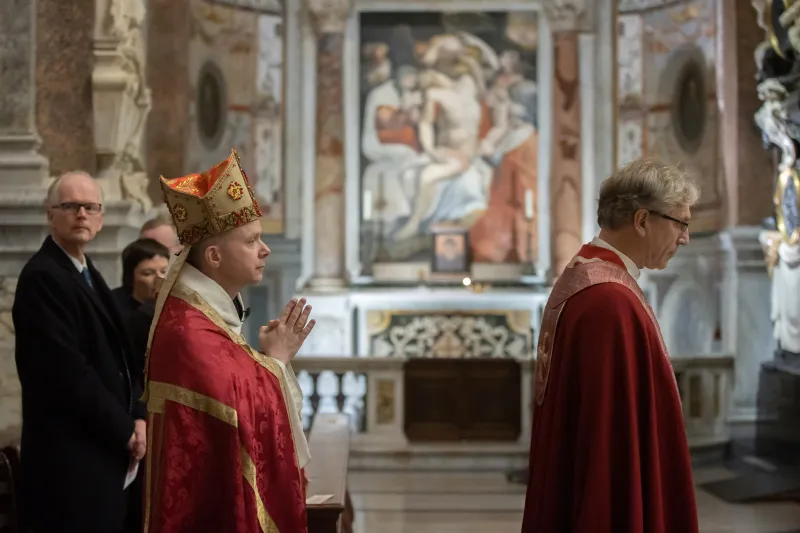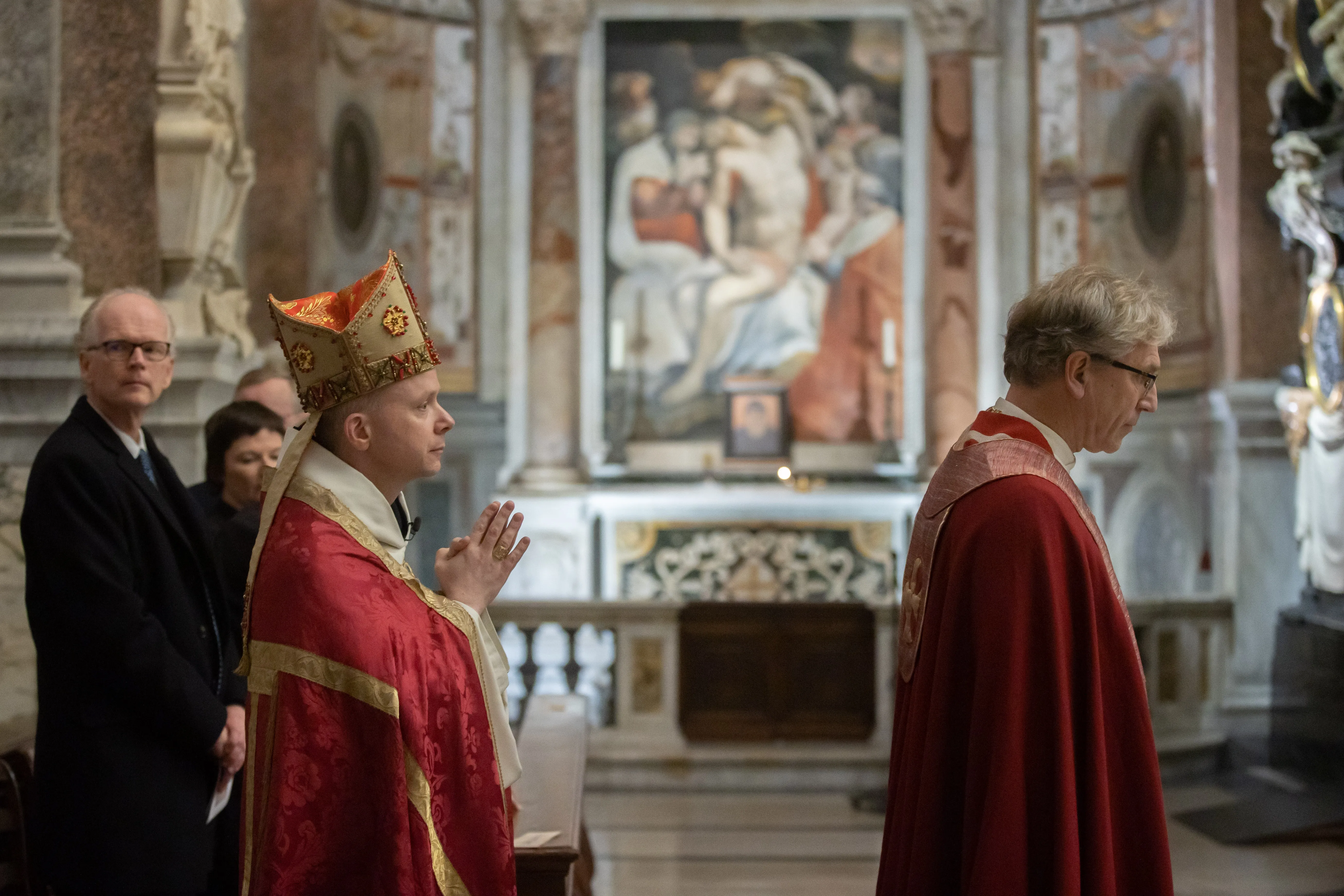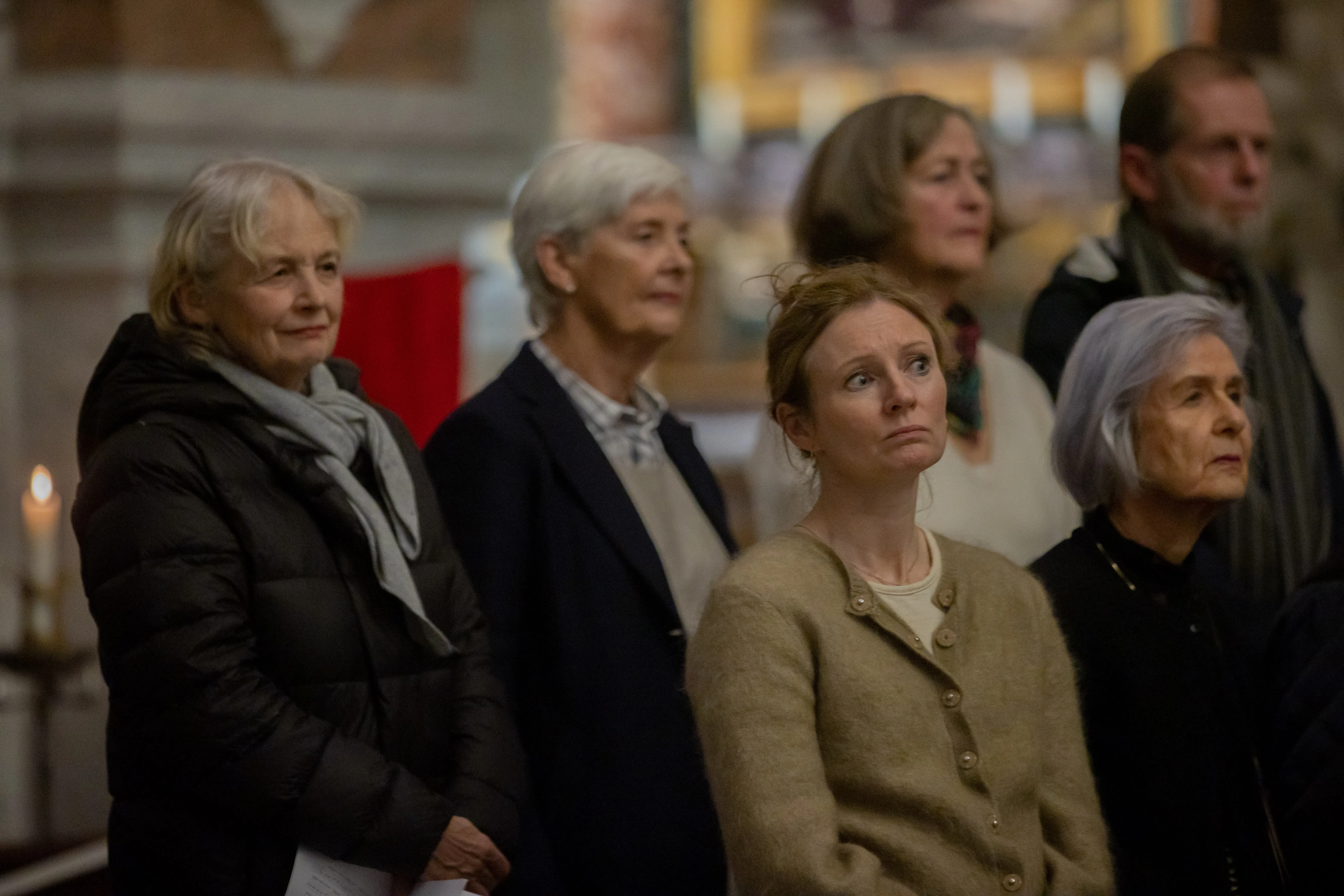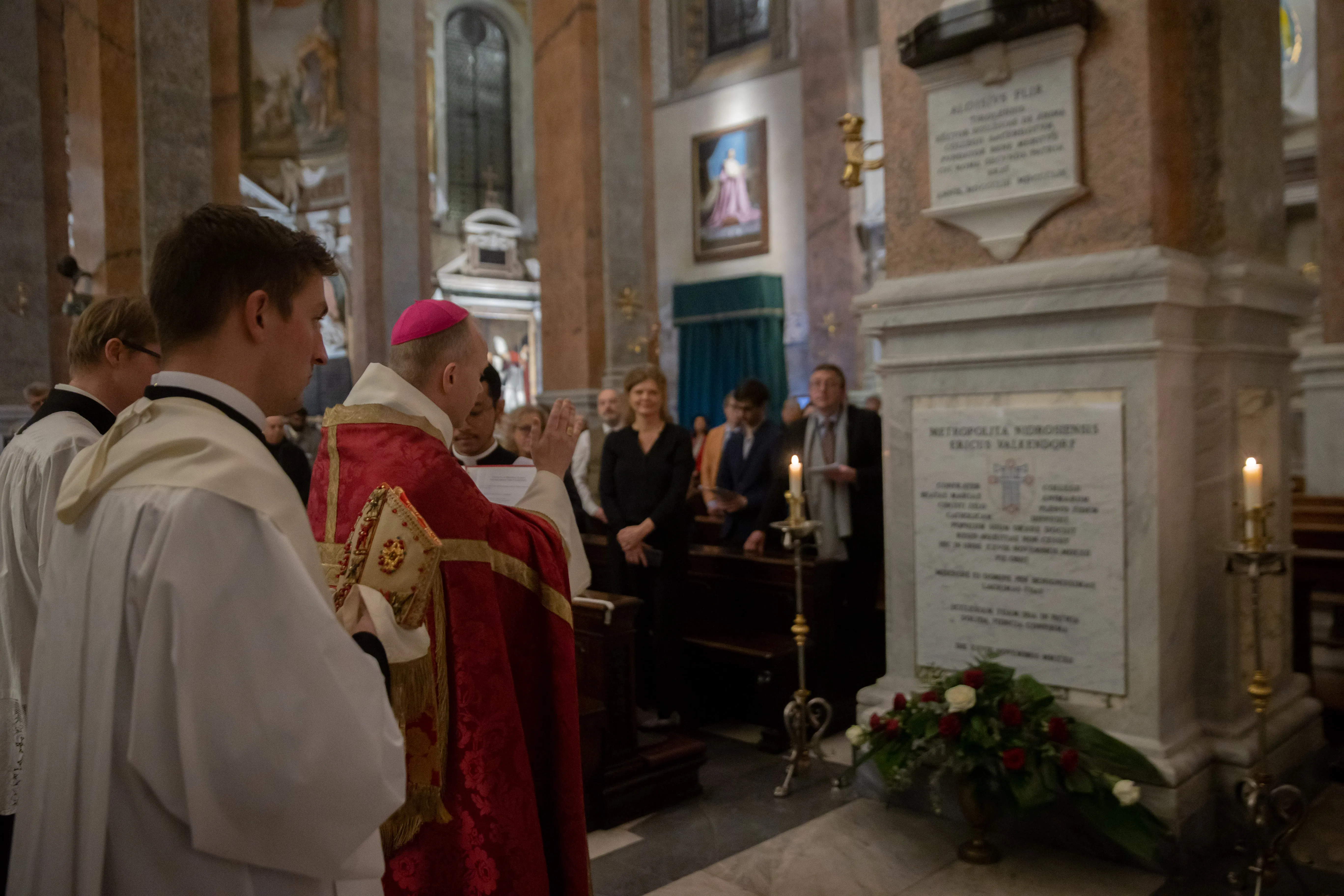
Edinburgh, Scotland, Mar 26, 2019 / 07:01 pm (CNA).- The Catholic Bishops Conference of Scotland is warning against the government’s restriction of free speech, amid fears that the Church’s stance on marriage and sexuality could make Catholics susceptible to hate crime allegations.
“Care must be taken to allow room for debate and a robust exchange of views, ensuring that ‘hate’ doesn’t include the kind of ordinary discourse where people reasonably hold divergent views,” reads the bishop’s statement submitted to the Scottish Government’s consultation on hate crimes.
“The fundamental right to freedom of expression, and the right of an individual to hold and express opinions, even if they are considered by some to be controversial or unwelcome must be upheld.”
This comes amid a national independent review of Scotland’s hate crime legislation, commissioned by the Minister for Community Safety and Legal Affairs, and released in May 2018.
In the review, Lord Bracadale, a retired Scottish judge, suggests that “there should be a protection of freedom of expression provision for offences concerning the stirring up of hatred.”
Catholic Parliamentary Office Director Anthony Horan said March 24 that the Church in Scotland supports this recommendation.
“In a climate of heightened sensitivity there is a very real danger that expressing or even holding individual or collective opinions or beliefs will become a hate crime,” Horan said.
“We must guard against this and ensure freedom of expression, thought, conscience and religion are protected.”
Scotland has experienced significant sectarian division since the Scottish Reformation of the 16th century, which led to the formation of the Church of Scotland, an ecclesial community in the Calvinist and Presbyterian tradition which is the country’s largest religious community.
Sectarianism and crimes motivated by anti-Catholicism have been on the rise in Scotland in recent years, and Catholics in Scotland are increasingly concerned that the government could consider their faith “hate speech,” according to local reports.
The Scottish government launched a campaign last year with posters addressed to ‘bigots, disablists, homophobes, racists, and transphobes’ across the country, saying that anyone engaging in “hate speech” will be reported to police.
The Scottish Catholic Observer reports that documents released under the country’s Freedom of Information Act last week revealed that the Scottish Government had received many complaints about the “Dear Bigots” campaign. A government official stated that there are “no plans to re-use the ‘Dear Bigots’ letter in future.”
“Some people might suggest that expressing the Catholic Church’s position on marriage or human sexuality could be an attempt to stir up hatred,” Horan said.
“This would obviously be wrong, but without room for robust debate and exchange of views we risk becoming an intolerant, illiberal society.”
If you value the news and views Catholic World Report provides, please consider donating to support our efforts. Your contribution will help us continue to make CWR available to all readers worldwide for free, without a subscription. Thank you for your generosity!
Click here for more information on donating to CWR. Click here to sign up for our newsletter.








Cannot post my comment as too long, so here…
https://i.imgur.com/LJK95ge.jpg
There is no freedom of expression, when what is being expressed goes against the dominant secular ideology. The bishops have already lost that battle.